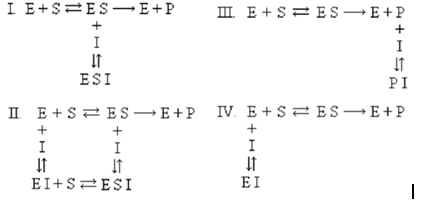#Question id: 2001
#Unit 4. Cell Communication and Cell Signaling
A researcher is analyzing the immune response of a patient following the patientʹs exposure to an unknown agent while out of the country. The patientʹs blood is found to have a high proportion of lymphocytes with CD8 surface proteins. What is the likely cause?
#Question id: 2002
#Unit 4. Cell Communication and Cell Signaling
What accounts for antibody switching (i.e., the switch of one B cell from producing one class of antibody to another antibody class that is responsive to the same antigen)?
#Question id: 2003
#Unit 4. Cell Communication and Cell Signaling
The number of MHC protein combinations possible in a given population is enormous. However, an individual in that population has only a couple of MHC possibilities. Why?
#Question id: 2004
#Unit 4. Cell Communication and Cell Signaling
A bone marrow transplant may not be appropriate from a given donor (Jane) to a given recipient (Janeʹs cousin Bob), even though Jane has previously given blood for one of Bobʹs needed transfusions. Which of the following might account for this?
#Question id: 2005
#Unit 4. Cell Communication and Cell Signaling
A transfusion of type A blood given to a person who has type O blood would result in which of the following?
#Question id: 2006
#Unit 4. Cell Communication and Cell Signaling
In Cases 1 and 2 in the table, the mothers would be able, if needed, to supply blood to the newborn even 7-9 months after birth; the same would not be true for Case 3. Why?

